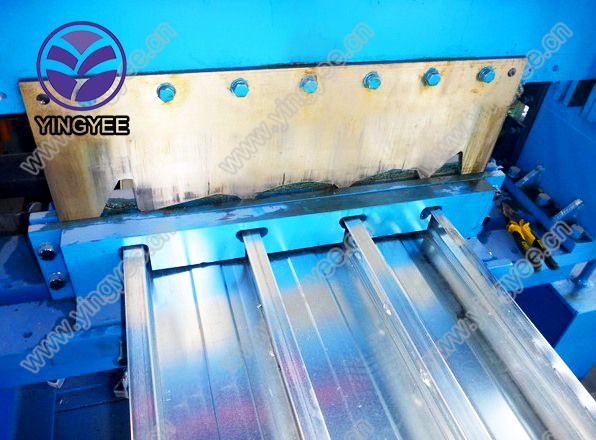
Understanding Cold Bending Prices Factors and Implications
Cold bending is a crucial process in metalworking, particularly when it comes to shaping pipes, tubes, and other steel products. Unlike traditional hot bending, which involves heating the material to high temperatures, cold bending is performed at room temperature. This method not only preserves the material's strength but also offers various advantages, such as improved dimensional accuracy and surface finish. However, the pricing of cold bending services can vary significantly, influenced by several factors that stakeholders should consider.
One of the primary factors affecting cold bending prices is the type of material being processed. Different metals and alloys exhibit varying degrees of flexibility, strength, and resistance to deformation. For instance, carbon steel is often less expensive to bend compared to stainless steel or aluminum, which require specialized techniques and equipment due to their unique properties. Furthermore, the thickness and diameter of the material play a critical role; larger and thicker components demand more energy and time to manipulate, leading to higher costs.
The complexity of the bending design is another key determinant of price. Simple bends can be achieved using straightforward techniques, but complex shapes or multi-radius bends require advanced machinery and expertise. Customizations, such as specific angles, diameters, or combinations of bends, can increase the labor and machinery costs involved, thus raising the overall price. Furthermore, the production volume can impact pricing. Larger orders often benefit from economies of scale, which can lower the cost per unit. However, small or custom batches may incur additional charges due to setup times and lower material efficiency.
Time is an essential consideration in the pricing of cold bending services. Fast turnaround times may necessitate rushing production processes, thus increasing labor costs. Moreover, if a rush order requires overtime work or prioritization over other jobs, this can inflate the price further. Clients should be aware that while expedited services can be valuable, they come at a premium.

Logistics and transportation also influence the price of cold bending. The location of the service provider relative to the site of use can affect shipping and handling costs. Additionally, if special delivery requirements are necessary for fragile or cumbersome items, these added logistics can contribute to the overall expense.
When analyzing cold bending prices, it’s also important to consider the reputation and experience of the service provider. Established companies with a proven track record of quality and reliability may charge higher rates, but they often deliver superior craftsmanship and innovation. Investing in a reputable provider can lead to better long-term results, thus justifying the higher upfront costs.
Lastly, industry trends and market demand play a significant role in cold bending pricing. Economic conditions, raw material costs, and labor market dynamics can lead to fluctuations in pricing. For example, during periods of high demand or material shortages, the cost of cold bending services may rise. Conversely, economic downturns may lead to more competitive pricing as suppliers seek to maintain business volume.
In conclusion, understanding cold bending prices incorporates various factors, including material type, design complexity, turnaround time, logistics, service provider reputation, and market conditions. To make informed decisions, stakeholders must carefully evaluate these elements while considering their specific project requirements and budget constraints. By doing so, they can ensure they receive quality services that meet their needs without overextending financially.